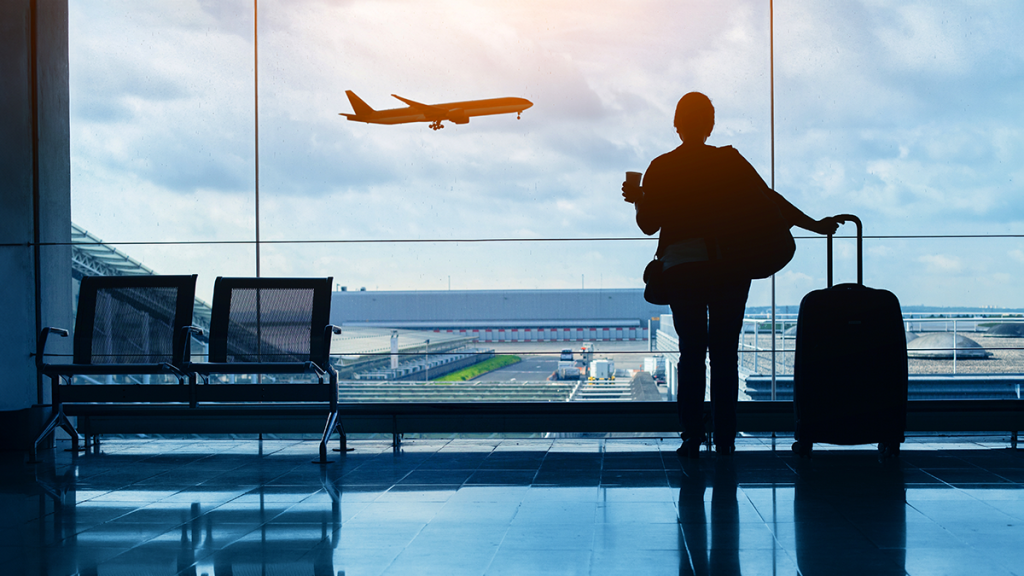Mountain View looks to congestion pricing to get tech workers out of cars | News
Programs to massively boost work and housing in Mountain View’s North Bayshore tech park are contingent on a car or truck-mild future, in which 1000’s of personnel stroll, bike and take transit to operate. But so considerably, as well couple of employees have been ready to ditch driving.
As it stands, 56% of staff in North Bayshore generate to operate solo, perfectly higher than the area’s target of 45%, with minor indicator of advancement over the last five several years. Reaching that target is a significant component in permitting career and housing advancement, which was rezoned to enable up to 9,850 new households, with out producing miserable gridlock in the region.
In trying to get to fulfill that purpose and continue to keep site visitors at a tolerable stage, Mountain Perspective Town Council members voted this 7 days on a revised approach that tacks on numerous new jobs aimed at obtaining people off the road. Between them is a proposal to roll out “congestion pricing,” which would demand people today a premium for traveling into the tech park.
The strategy has been floated 7 several years in the past, meeting with a blended response and found as a very last resort, but council associates on June 8 agreed to make it a shorter-term priority to launch inside the future five years. Council customers favored congestion pricing — together with a suite of transit, bike and pedestrian enhancements — more than highly-priced projects that would increase roadway potential and inspire more driving.
“I don’t want to just make a lot more and more freeway entrances to North Bayshore,” said Councilwoman Alison Hicks. “I consider that goes in opposition to what we have been doing work for.”
Journey into North Bayshore, residence to the city’s significant companies like Google, Intuit and Microsoft, is confined to a few important roadways. And two of individuals of all those so-called “gateway” roadways — Shoreline Boulevard and Rengstorff Avenue — are previously approaching potential through peak commute several hours. Upcoming office expansion in North Bayshore is envisioned to insert more than 6,000 additional careers, elevating severe considerations about site visitors bottlenecks into North Bayshore.
The COVID-19 pandemic and subsequent work-from-residence policies by tech businesses have done small to assuage the considerations of the metropolis. In a report, metropolis team wrote that traffic congestion is anticipated to return to previous ranges, and that employers will want to make “effective use” of their entire constructing areas. Personnel will probable be needed to show up on specified days to increase workplace collaboration, and those people workers may well be unwilling to take transit thanks to public health fears.
The blueprint for North Bayshore’s potential enhancement seeks to solve these troubles with a “automobile-lite” eyesight for the location, in which those people who live and function in the location would get transit, walk or bicycle to their desired destination rather than use a car. The ideas incorporate a walkable road network, bicycle infrastructure and “internalized” outings to do the job, that means individuals are living and perform in North Bayshore and won’t have to in and out through Shoreline and Rengstorff.
But a modern analyze discovered that it will just take more to remedy potential targeted traffic woes, with a menu of recommended choices that consists of small parking availability and a comprehensive revamp of the Highway 101 and Rengstorff Avenue intersection to boost roadway capability by 800 cars during peak commute several hours.
Several council users said they were uneasy with expending tens of thousands and thousands of bucks just to support more folks push into North Bayshore. Councilwoman Lisa Matichak said the total position of the redevelopment designs was to encourage staff to get out of cars and trucks, and she was worried that the metropolis was having motion in means that would enhance car or truck visitors.
“I’m not positive I want to do items that improve the capacity for much more vehicles to go into and out of North Bayshore,” she explained.
A lot more palatable was the strategy of congestion pricing, which has been utilised in Europe and Asia for many years and is at present becoming analyzed by San Francisco and Los Angeles. Congestion pricing arrives in lots of kinds, and could demand drivers a toll for crossing into North Bayshore or be primarily based on how numerous miles are traveled inside the region. Creating this kind of a software would involve a community of cameras and engineering to read through license plates and transponders, accumulating drivers’ individual data that would need to be safeguarded, town officers mentioned.
The strategy also raises fairness fears, and whether all motorists ought to be charged the exact same payment for coming into or driving in North Bayshore. Current North Bayshore inhabitants living in the Santiago Villa cell house park would have issues having to pay a surcharge just for driving all over their personal neighborhood, reported Santiago Villa resident Alex Brown.
“I consider there are a good deal of individuals who could not afford to pay for to go on driving if congestion pricing did not exempt them, provided how significantly we have have to cross into and out of this district,” he said.
Jim Lightbody, a marketing consultant for the city, explained there have been a number of proposals about who would be charged and who would be exempted under congestion pricing, but that people details have yet to be determined. He stressed that the metropolis has only accomplished a cursory search at congestion pricing by means of a feasibility study to decide whether or not it will make sense to pursue it.
Even though city officials proposed that congestion pricing ought to be rolled out inside of the following 10 many years, Councilman Lucas Ramirez proposed that the city bump it up as a five-year priority, ahead of costly roadway assignments. Assuming it works, Ramirez claimed the town could reduce car or truck visits into North Bayshore and would no extended have to have substantial infrastructure upgrades that could incentivize driving.
“What I am hoping will happen is that that resource proves helpful and it will render some of the supplemental projects that are proposed additional out unneeded,” Ramirez reported.
The other big concern hanging more than the council was who would pay back for expensive transportation updates. By tacking on much more assignments, the town is now struggling with costs of $487 million, most of which even now does not have a funding supply. Of the $140 million that has been accounted for, about 80% is becoming compensated for by taxpayers by way of the city’s Shoreline Regional Park Community cash. A substantially smaller 17% is currently being compensated for by the developments themselves by way of effects fees.
Councilwoman Margaret Abe-Koga mentioned she was below the assumption that redevelopment in North Bayshore would mostly spend for the transportation advancements, and that she was not expecting the metropolis to foot most of the bill.
“I was quite disappointed to see what the split is correct now, with 80% slipping on the metropolis,” Abe-Koga reported.




